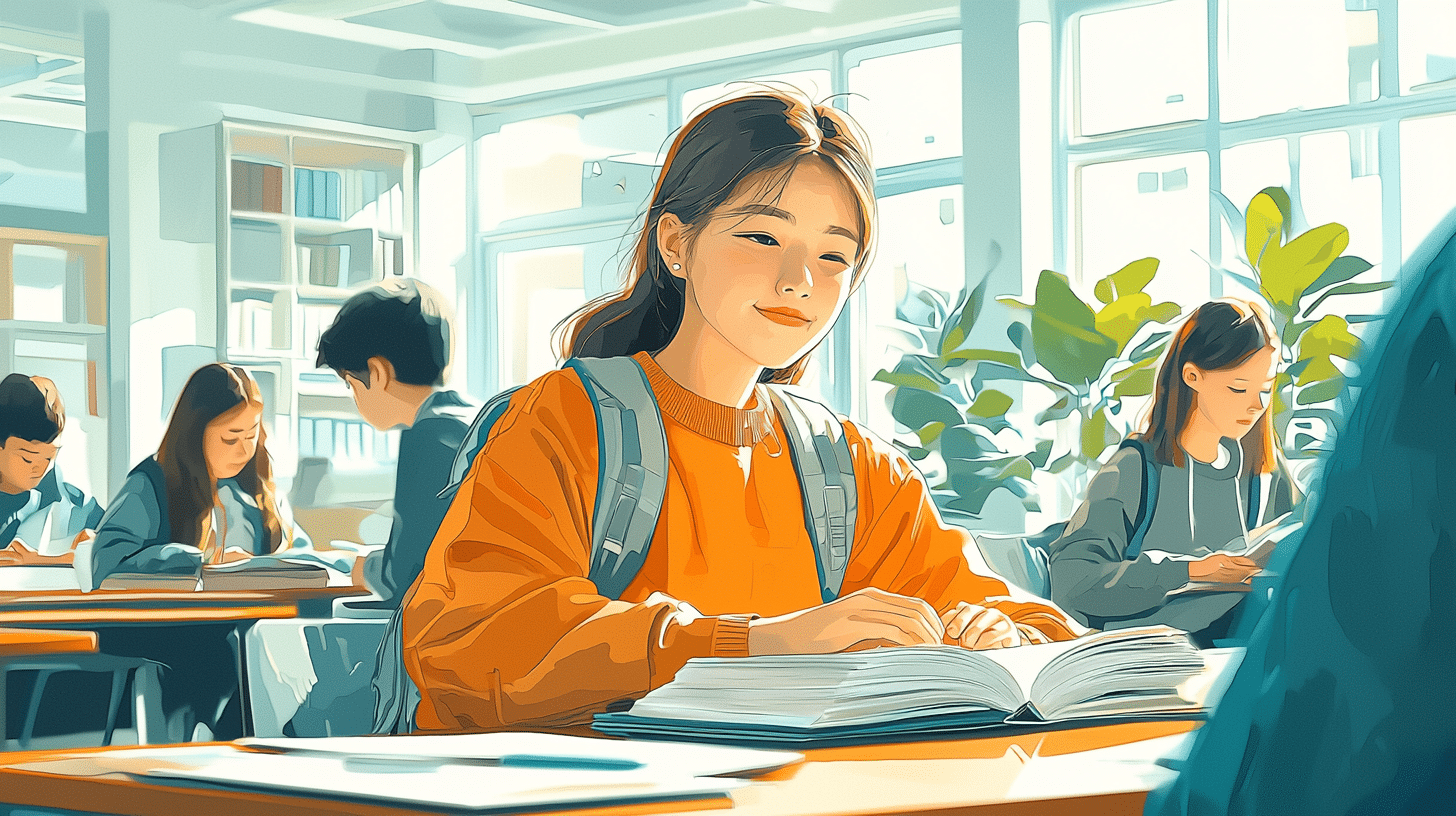Learning how to describe scenery and landscapes in Swahili can significantly enhance your language skills and deepen your appreciation for the natural beauty of East Africa. Whether you’re traveling through the picturesque landscapes of Kenya, Tanzania, Uganda, or any other Swahili-speaking regions, having the ability to articulate what you see will enrich your experience and allow for more engaging conversations with locals.
Swahili, or Kiswahili, is a Bantu language spoken by millions of people across East Africa. It is known for its poetic and descriptive nature, making it an excellent language for painting vivid pictures with words. This article will guide you through essential vocabulary, phrases, and sentence structures to help you describe various types of scenery and landscapes in Swahili.
Basic Vocabulary
Before diving into more complex descriptions, it’s crucial to familiarize yourself with some basic Swahili vocabulary related to nature and landscapes.
– Mlima – Mountain
– Bahari – Ocean
– Ziwa – Lake
– Mto – River
– Msitu – Forest
– Jangwa – Desert
– Uwanja – Field
– Mbunga – Savannah
– Maporomoko ya maji – Waterfall
– Fukwe – Beach
– Mawingu – Clouds
– Jua – Sun
– Nyota – Stars
– Mwezi – Moon
– Mbingu – Sky
Descriptive Adjectives
To make your descriptions more vivid, you’ll need to know some common adjectives that can be used to describe landscapes.
– Mzuri – Beautiful
– Kubwa – Big
– Ndogo – Small
– Refu – Tall/Long
– Fupi – Short
– Safarini – Remote
– Mbali – Far
– Karibu – Near
– Wazi – Open
– Mbichi – Green/Fresh
– Kavu – Dry
– Ya kuvutia – Attractive
– Ya ajabu – Amazing
Forming Descriptive Sentences
Combining nouns and adjectives in Swahili is relatively straightforward. The adjective typically follows the noun it describes. Here are some examples of how to form descriptive sentences:
– Mlima mkubwa – A big mountain
– Ziwa zuri – A beautiful lake
– Msitu mnene – A dense forest
– Jangwa kavu – A dry desert
– Fukwe safi – A clean beach
When you want to describe where something is located, you can use prepositions and location words:
– Karibu na – Near
– Mbali na – Far from
– Katikati ya – In the middle of
– Kando ya – Beside/Next to
Examples:
– Msitu mkubwa uko karibu na mto – The big forest is near the river.
– Ziwa kubwa liko katikati ya mlima na msitu – The big lake is in the middle of the mountain and the forest.
Describing Specific Scenarios
Now, let’s apply what we’ve learned to describe specific scenarios and landscapes.
Mountains and Hills
Mountains and hills are common features in East Africa. Here’s how you might describe them:
– Milima ya Kilimanjaro ni mirefu na ya kuvutia sana – The Kilimanjaro mountains are very tall and attractive.
– Mlima huu una mandhari nzuri sana – This mountain has very beautiful scenery.
– Kuna mlima mdogo karibu na kijiji – There is a small hill near the village.
Beaches and Oceans
The Swahili coast is renowned for its stunning beaches and clear waters. Here’s how you can talk about them:
– Fukwe za Zanzibar ni safi na maji ni ya buluu – The beaches of Zanzibar are clean, and the water is blue.
– Bahari ni tulivu leo – The ocean is calm today.
– Kuna mawingu mazuri angani juu ya bahari – There are beautiful clouds in the sky above the ocean.
Forests and Jungles
East Africa is also home to lush forests and dense jungles. Describing these can be quite immersive:
– Msitu wa Amazon ni mnene na una wanyama wengi – The Amazon forest is dense and has many animals.
– Kuna miti mirefu sana msituni – There are very tall trees in the forest.
– Msitu huu ni wa kijani kibichi na wa kuvutia – This forest is green and attractive.
Deserts and Savannahs
The contrast between dry deserts and expansive savannahs is striking. Here’s how to describe them:
– Jangwa la Sahara ni kubwa na kavu sana – The Sahara Desert is very large and dry.
– Mbunga ya Serengeti ina wanyama wengi na mandhari nzuri – The Serengeti savannah has many animals and beautiful scenery.
– Jangwa lina mchanga mwingi na hakuna maji – The desert has a lot of sand and no water.
Waterfalls and Rivers
Water bodies like waterfalls and rivers add dynamism to landscapes:
– Maporomoko ya maji ya Victoria ni ya ajabu sana – The Victoria Falls are very amazing.
– Mto Nile ni mrefu sana na una historia ndefu – The Nile River is very long and has a long history.
– Kuna samaki wengi katika mto huu – There are many fish in this river.
Using Sensory Descriptions
To make your descriptions even more vivid, engage the senses by describing what you see, hear, smell, taste, and feel.
Sight
– Maji ya ziwa ni ya buluu na yanang’aa – The lake water is blue and sparkling.
– Mchanga wa jangwa ni wa rangi ya dhahabu – The desert sand is golden.
Sound
– Unaweza kusikia sauti ya mawimbi ya bahari – You can hear the sound of the ocean waves.
– Msituni, kuna sauti za ndege wengi – In the forest, there are sounds of many birds.
Smell
– Fukwe zina harufu nzuri ya chumvi – The beaches have a nice salty smell.
– Msituni, unaweza kunusa harufu ya mimea mbichi – In the forest, you can smell the scent of fresh plants.
Taste
While taste might not always apply to landscapes, you can incorporate it when talking about natural resources:
– Maji ya chemchemi ni matamu sana – The spring water is very sweet.
– Matunda ya msituni yana ladha nzuri – The forest fruits have a nice taste.
Touch
– Majani ya msituni ni laini – The forest leaves are soft.
– Mchanga wa fukwe ni joto – The beach sand is warm.
Practice and Application
To truly master describing scenery and landscapes in Swahili, practice is essential. Here are some activities you can try:
Writing Exercises
– Write a paragraph describing a landscape you have seen or imagine.
– Translate a description from English to Swahili and vice versa.
Speaking Exercises
– Describe a picture of a landscape to a friend or tutor in Swahili.
– Record yourself describing different landscapes and listen to improve pronunciation.
Interactive Activities
– Use language learning apps that focus on vocabulary and sentence construction.
– Engage in conversations with native Swahili speakers about nature and landscapes.
Conclusion
Describing scenery and landscapes in Swahili can be a rewarding experience that enhances your linguistic skills and deepens your connection with East African culture. By mastering basic vocabulary, descriptive adjectives, and sensory details, you’ll be able to paint vivid pictures with your words and communicate more effectively with native speakers. Remember, practice is key, so take every opportunity to describe the beauty around you in Swahili. As you continue to learn and practice, you’ll find that your ability to articulate the splendor of nature in Swahili will grow, enriching both your language skills and your appreciation for the natural world.

